Roy Hodgson
- Date of Birth: 09.08.1947
- Birthplace: Croydon, London, England
- Nationality: English
- Playing Career: Crystal Palace, Gravesend and Northfleet, Maidstone United, Berea Park (South Africa)
- Managerial Career: Fulham, Finland National Team, Viking FK Norway, UAE National Team, Udinese, F.C. Copenhagen, Grasshoppers Club Zurich, Internazionale Milano, Blackburn Rovers, Internazionale Milano, Switzerland National Team, Neuchâtel Xamax, Malmö FF, Örebro SK, Bristol City, Halmstads BK
Roy Hodgson began his managerial career at the age of 28 in 1976 at Halmstad. In his first year he did what most people thought was impossible, led them to the league title. Roy Hodgson spoke to Fulhamweb about his time there:
“I was recommended to Halmstads by my close friend Bob Houghton. On the first day of the season, 20 newspapers said Halmstads would go down. We won the championship in style.”
“I’d qualified for my full coaching badge at 23 but that was my first season coaching adults. Halmstads had played a very different type of football to what I wanted, man-to-man across the field, with a libero. From the start it was: ‘Okay, you lads know nothing, this is what we’re going to do’. I remember the turning point. I was thinking about it reading of the suicide of Robert Enke.”
“We had mixed results pre-season, understandably, because we were changing to a back four, attempting to push up and pressure the ball and were getting caught out. For the players, the jury was out, but we beat Hannover 96 – Enke’s team – 4-0, and it was unheard of for Swedes to beat Germans. Then, the players believed in me. For years I wore a Hannover 96 pin in my jacket.”
Hodgson spent a successful five years at Halmstads winning two league Championships in 1976 and 1979.
In 1980 he returned to England to Bristol City where he became assistant manager to Bob Houghton for two years and later became manager. However, Hodgson only managed 20 games, winning only three of them. He made an inauspicious start to his English managerial career, Bristol City were in deep financial trouble and Hodgson was sacked after a short stint with Bristol City.
In 1983 Hodgson moved back to Sweden to manage Oerebro SK in the second tier of Swedish football. But in two seasons he didn’t manage to take them to the first tier. Two years later, Hodgson took over at Malmo where he led them to 5 consecutive League Championships, two Swedish Championships and two Swedish Cups. Hodgson speaking to fulhamweb describes his time at Malmo
“Five successive titles with Malmo were an achievement. It’s never easy to do it every year, even if your players are better, because people lose appetite. The Swedes always talk about the self-playing piano, and with that team I definitely got to the stage of the self-playing piano. Not a lot needed to be said or done.”
After four successful years at Malmo, Hodgson then moved to Swiss side Neuchatel Xamax in 1990, the highlight of his time in Switzerland namely the victories over Celtic and Real Madrid.
Hodgson then moved to International management when he agreed to become manager of Switzerlands National Team on 26 January 1992. Hodgson took Switzerland to a highly successful 1994 World Cup, losing only one game during qualification, from a group that included Italy and Portugal. At the 1994 World Cup, the Swiss finished runners-up in their group, qualifying for the Round of 16 where they lost to Spain. Hodgson then led Switzerland to Euro 1996 but left immediately after they had qualified to join Inter Milan… After a terrible start to the season, Hodgson guided Inter to a 7th place finish during the 1995–96 season, qualifying for the UEFA Cup.
Hodgson then guided Inter to 3rd during the 1996/97 season and reached the 1997 UEFA Cup Final, losing on penalties over two legs to Schalke 04.
.
Hodgson’s first crack at the Premier League came later that year, when he took over at Blackburn, but things did not go according to plan at Ewood Park – despite finishing the season in 6th position and qualifying for Europe, he was sacked in December 1998 following disatrious signings and injuries to key players. Hodgson’s main signings struggled, with Martin Dahlin and £7.5 million striker Kevin Davies failing to contribute goals.
In 1999, he had a brief second stint as caretaker at Inter Milan before returning to Switzerland to coach Grasshopper for a season.
Later that year, he managed the Danish team Copenhagen to a win in their Superliga in the season 2000-01. Udinese offered him a swift return to Serie A for the 2001-2 season, but Hodgson was sacked after just six months.
Stints with Udinese, the United Arab Emirates, Viking Stavanger and Finland followed before Fulham turned to him in December 2007.
Fulham had recorded only two wins in 20 games during the first half of the 2007/08 season and resided at the foot of the Premier League table. Hodgson immediately set about reviving the fortunes of the South West London club, drafting in several new players during the January transfer window and re-branding the Club’s style of play during his intensive daily training sessions at Motspur Park. Hodgson successfully led an incredible battle to avoid the drop with an impressive haul of 12 points from their final five games of the season kept Fulham from relegation.
His time at Craven Cottage went from strength to strength and he enhanced his reputation while transforming Fulham’s fortunes, guiding them to their highest Premier League finish and an appearance in the Europa League final. In May 2010 Hodgson was voted manager of the year by the League Managers Association in recognition of his sterling work at Craven Cottage
[table id=41 /]


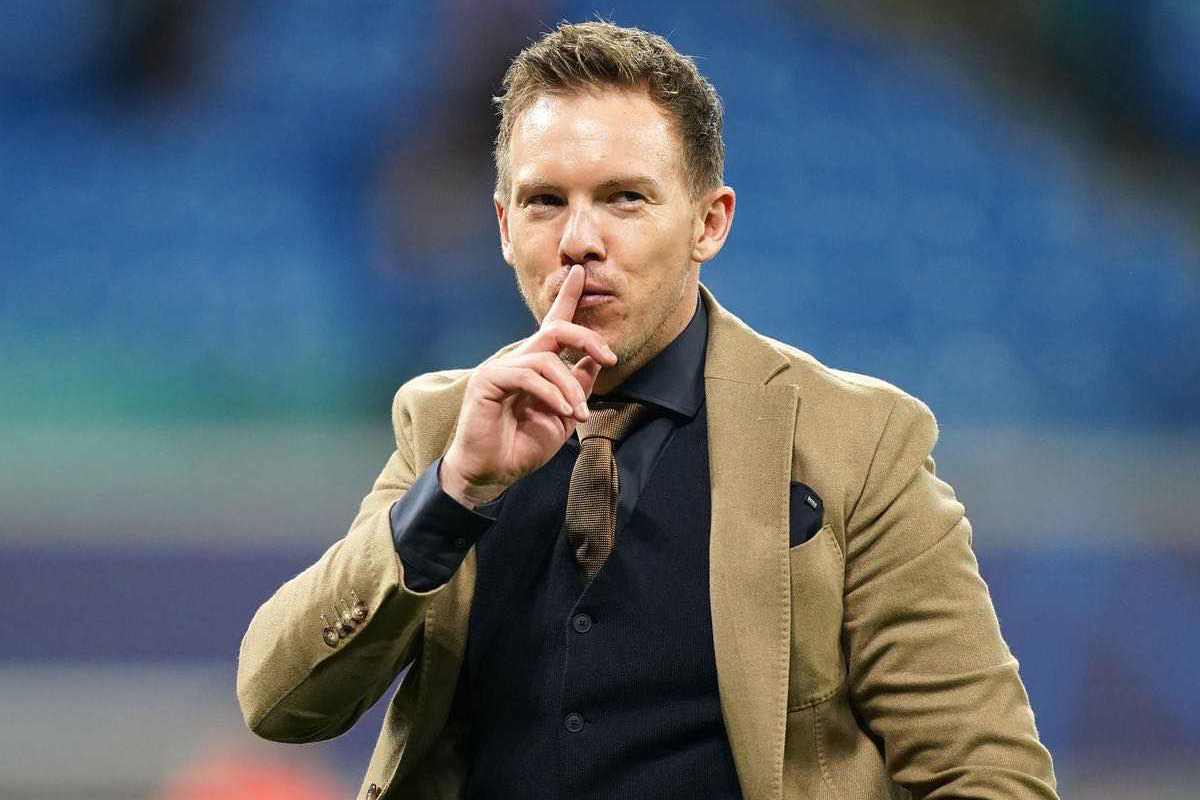
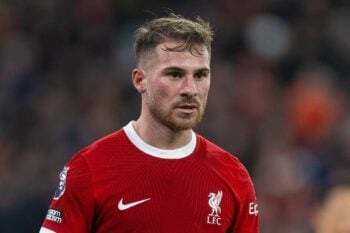

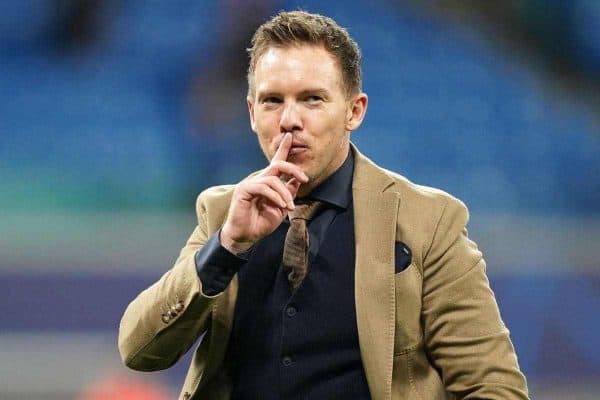
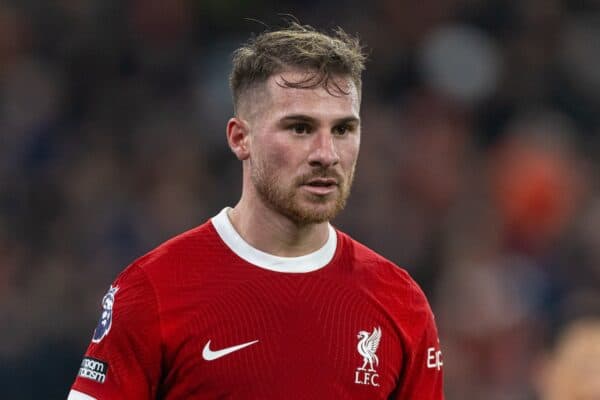
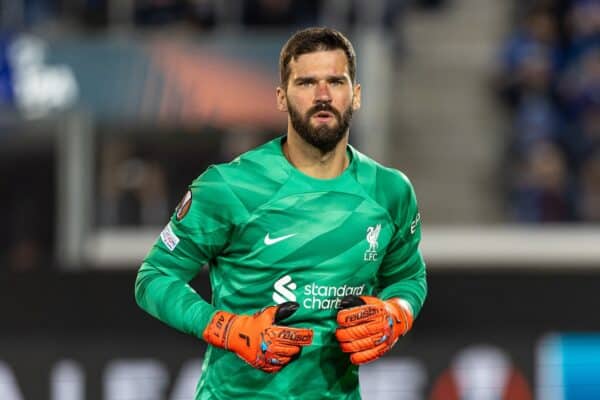
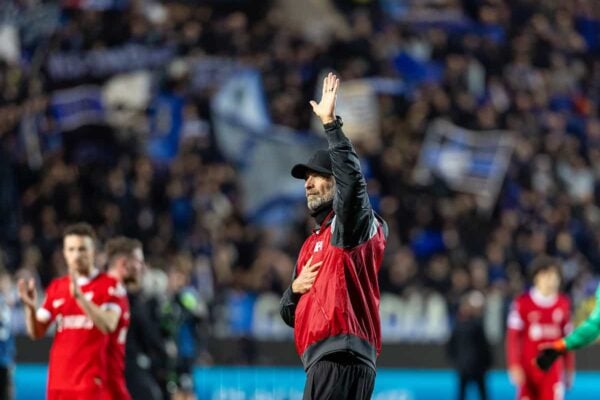
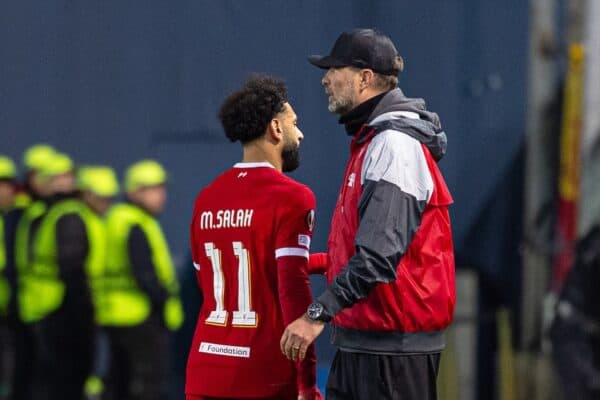

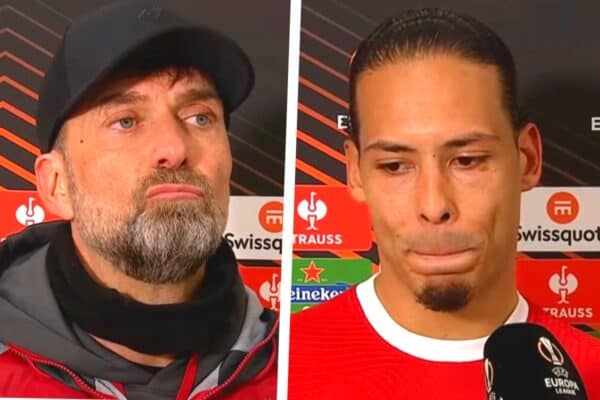
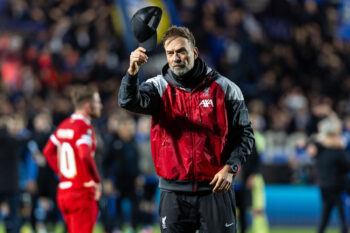
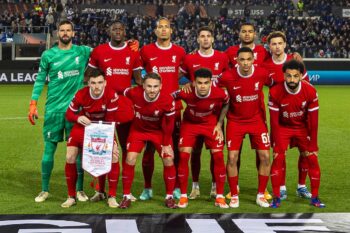


Fan Comments